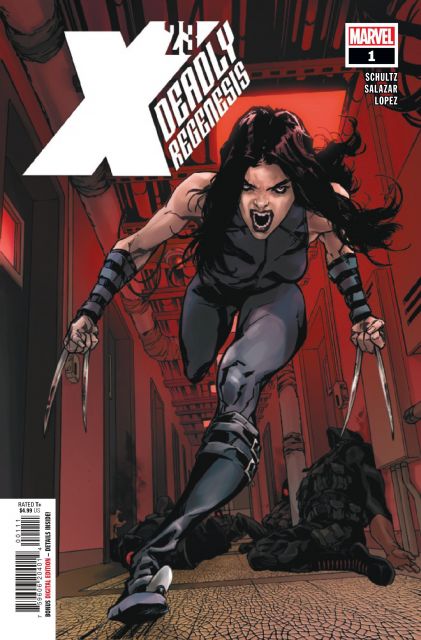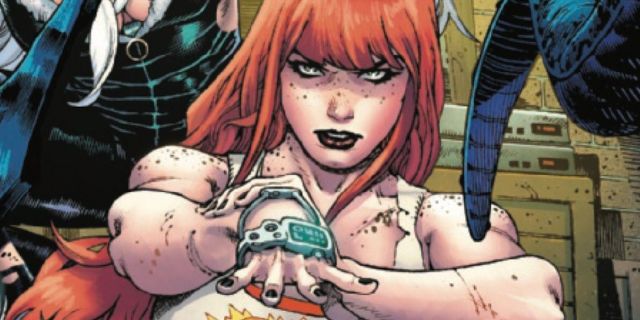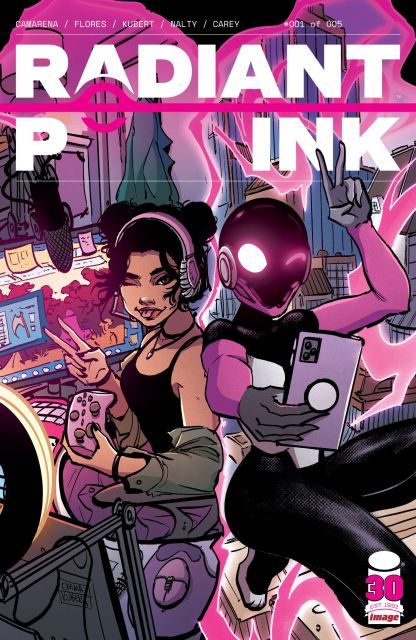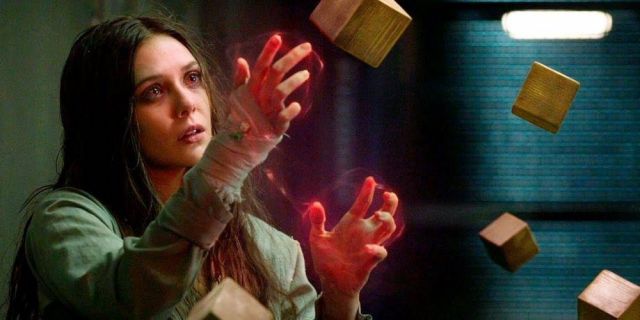Delving backwards in the X-Men canon, X-23: Deadly Regenesis #1 explores Laura Kinney, or X-23, and her time away from the X-Men. Written by Erica Schultz, with art by Edgar Salazar, colors by Carlos Lopez, and lettering by Vc’s Cory Petit, X-23: Deadly Regenesis #1 retroactively elaborates the time prior to Laura inheriting the Wolverine mantle. Picking up the continuity during the era of the mutant settlement of Utopia, the story takes place post-Messiah War, but before the introduction of Wolverine’s other biological child Fang in X-23 vs. Daken: Dark Wolverine.
X-23: Deadly Regenesis #1 opens with a brief primer on Laura Kinney’s life so far, with and without the X-Men and X-Force, and her desire to learn who she is, without orders to follow. Her meditation on her past and nature is interrupted by an emergency — an apartment block in flames with civilians trapped inside. Spurred by her desire to do the right thing, Kinney springs into action and uses her mutant powers to rescue as many survivors as she can. Her heroics attract the attention of the local news posted outside, and by unlucky extension, her former handlers at the Weapon X program. Now, Laura must escape her old enemies while being confronted by new ones.

Schultz sets strong foundations for the series going forward in X-23: Deadly Regenesis #1, taking time to establish the premise and characters. The brief recap of Laura Kinney’s life until this point at the top of the comic is deftly orchestrated, and serves as a great entry point for any reader, especially those reading their first X-23 solo comic. Beyond making the comic accessible to newer fans, the introduction acts as a great through line to the broader character study at work in X-23: Deadly Regenesis #1. The closer examination of Laura Kinney, her personality and motivations, is really engaging, and operates as the true heart of the comic. Beyond this, the overarching story has yet to come into focus further than the classic “X-23 on the run” narrative, which makes the plot feel a little shallow overall. The addition of a new original foe should counter this criticism; however, their origin story and characterization feels lackluster, even by the conclusion of this issue.
Salazar leans heavily into a retro art style throughout X-23: Deadly Regenesis #1, cultivating nostalgia for older X-Men comics. The illustrations borrow from the post-90s, composed of thick, clean lines and slanted towards a decidedly realist style. As a result, the design trades outright aesthetic charm for a ruggedness and rawness that capitalizes on the period and subject of the comic to deliver a unique visual experience. Additionally, Salazar provides some impressively intricate background work, that makes the world of X-23: Deadly Regenesis #1 feel vibrant and authentically lived in. There are also some excellent full-page spreads, which have an instantly iconic quality to them.

The colors employed by Lopez in X-23: Deadly Regenesis #1 feel relatively flat and limited, but suited to a comic set in the past by virtue of that. The color scheme consists of warm oranges and blues, never deviating particularly far from the same unsaturated feel outside of flashbacks from Laura’s storied history. This overall unanimity of color contributes to the slightly oppressive atmosphere of the comic, as well as really selling the retro feel. Petit’s letters are solid throughout X-23: Deadly Regenesis #1, adding a nice bit of design with the unique panels for Laura’s internal monologue.
X-23: Deadly Regenesis #1 provides the framework for the beginning of an exciting exploration into Laura Kinney’s past. It will be interesting to see over the next issues if the plot will deviate from the predictable form of Weapon X trying to reclaim their former asset, the story that has broadly defined X-23’s solo narratives until this point. That said, the comic provides an excellent entry point for new fans of Laura Kinney to learn about her past, even if nothing notably innovative is being added to the mix.















Leave a Reply